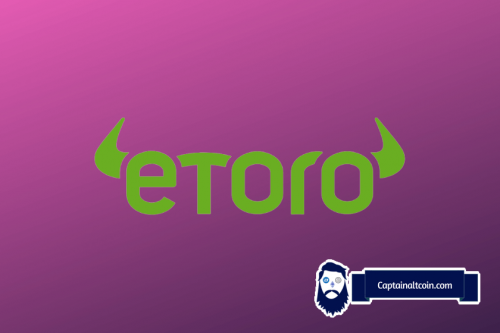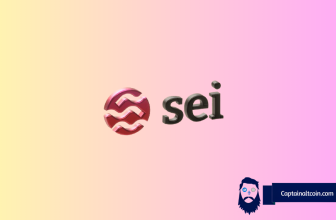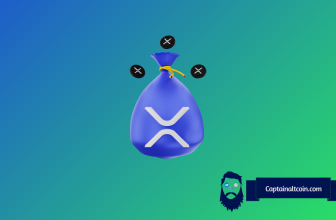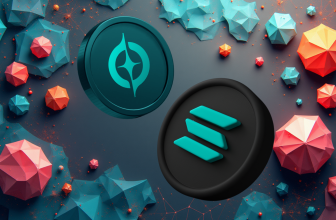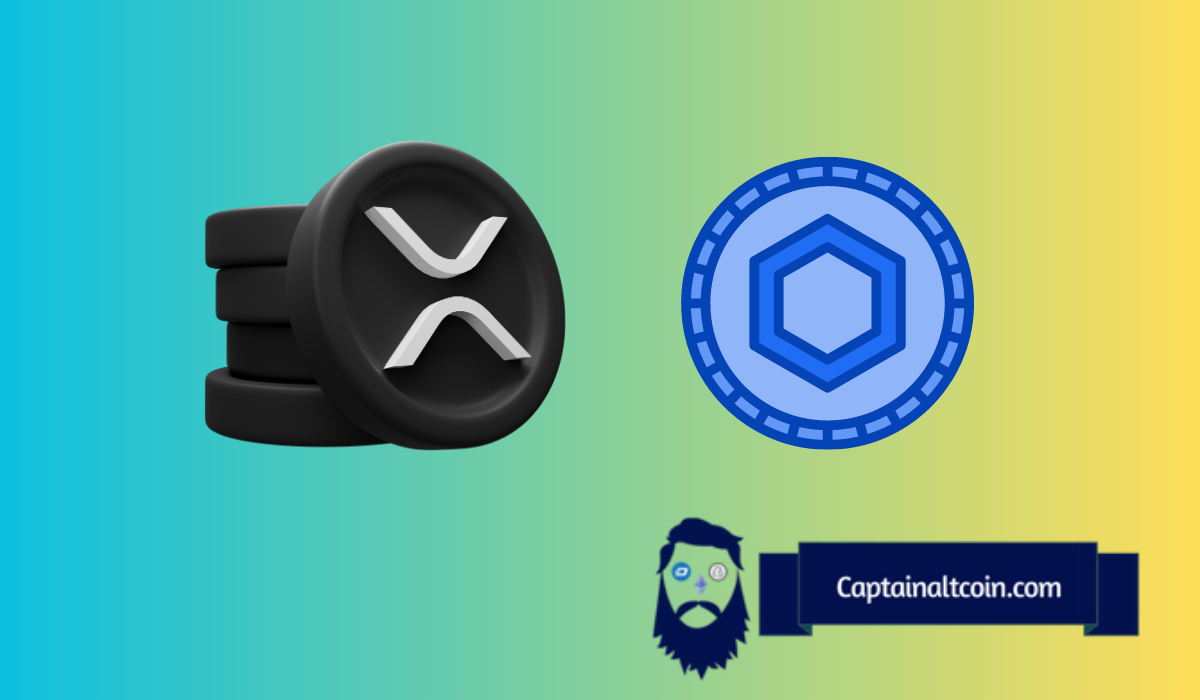
In a detailed new report, crypto research firm Messari laid out a side-by-side comparison between the XRP Ledger (XRPL) and Chainlink, examining their use cases, institutional traction, and how they’re each carving out a space in the evolving blockchain landscape.
On the surface, these two networks seem very different. One powers cross-border payments. The other powers data feeds for smart contracts. But what the report highlights – and what this thread from TheCryptoBasic captures well – is that both are becoming major players in institutional blockchain adoption, just in very different ways.
What you'll learn 👉
🧭 Use Cases: Two Different Missions
The XRP Ledger, designed by Ripple Labs, is all about speed, efficiency, and low cost – especially for global payments and financial infrastructure. It handles things like payments, a built-in DEX, and even tokenization of real-world assets. It’s tailor-made for banks, payment providers, and central banks that want to modernize cross-border settlement.
Meanwhile, Chainlink operates as an oracle network on Ethereum. It doesn’t handle payments or host native smart contracts itself, but instead feeds off-chain data to other blockchains – like prices, weather, or FX rates. Without Chainlink, a huge portion of DeFi simply wouldn’t work. Its Cross-Chain Interoperability Protocol (CCIP) is a foundational piece for transferring tokenized assets across different networks.
So, while XRP Ledger is trying to replace and improve SWIFT, Chainlink is building the data pipelines that allow blockchain ecosystems to function.
#XRP Ledger vs #Chainlink: Messari Report Highlights Which Is Driving Greater Institutional Adoption. 🧵 pic.twitter.com/QEAyVm4wXX
— TheCryptoBasic (@thecryptobasic) May 26, 2025
💰 Market Caps and Tokens
The numbers show how different the two projects are in scale and design:
- XRP has a market cap of $137 billion, with over 58 billion tokens in circulation.
- LINK holds a much smaller cap at $10 billion, with a circulating supply of 657 million tokens.
So, there is a difference in market value, but it also reflects their audiences. XRP’s design targets global finance and mass adoption. LINK is aimed more at infrastructure-level support, mostly for smart contract platforms and DeFi developers.
🏦 Institutional Momentum
This is where the report gets especially interesting.
XRP Ledger has secured major partnerships with central banks and financial players. Ripple’s network is already being used or tested for CBDCs, cross-border payments, and even custody solutions, like the new RLUSD stablecoin. Recent moves include:
- Partnering with BDACS in South Korea for XRP custody
- Working with Clear Junction on GBP and Euro payments
At the same time, Chainlink has quietly built one of the strongest institutional pipelines in crypto. Major financial giants like SWIFT, Citibank, BNY Mellon, and Euroclear are using Chainlink’s tech to test and execute cross-chain token transfers and real-world asset tokenization.
In other words, XRP is onboarding banks and payment rails, while Chainlink is providing the backend data rails for the entire multi-chain future.
Read also: XRP Price to $27? Here’s the Target Date Analysts Are Watching
🔗 The Surprise Twist: They’re Not Rivals – They’re Collaborators
One of the most interesting parts of the thread is the mention of a Ripple–Chainlink integration. Ripple is now using Chainlink’s decentralized oracle feeds to support price accuracy for RLUSD, the new stablecoin, across both XRPL and Ethereum.
It’s a subtle but powerful message: blockchain isn’t a zero-sum game. The future of institutional adoption will likely be interconnected, not competitive. Chainlink and XRP may operate in different niches, but when combined, they enhance each other’s capabilities – faster payments with accurate price feeds, secure data with reliable settlement.
🧠 Wrapping Up
The Messari report – and this thread – make one thing clear: both XRP Ledger and Chainlink are driving serious institutional interest, just on different fronts.
- XRP Ledger is building the rails for real-time global payments and tokenized banking infrastructure.
- Chainlink is building the tools to connect those systems to the outside world through oracles, CCIP, and real-time data.
And as the Ripple–Chainlink partnership shows, the real winners in blockchain may not be the ones who fight for dominance, but the ones who know how to connect and collaborate.
Subscribe to our YouTube channel for daily crypto updates, market insights, and expert analysis.
We recommend eToro
Wide range of assets: cryptocurrencies alongside other investment products such as stocks and ETFs.
Copy trading: allows users to copy the trades of leading traders, for free.
User-friendly: eToro’s web-based platform and mobile app are user-friendly and easy to navigate.

